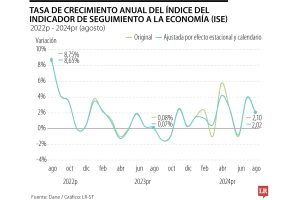With solid yields and potential for price appreciation, U.S. government bonds offer a prudent hedge for investors’ portfolios.
Investors in U.S. equities appear to be reading the market differently from their peers in fixed income.
Many U.S. stock buyers still expect that inflation will continue to fall, economic growth will re-accelerate and the Federal Reserve will cut interest rates next year. Meanwhile, Treasury investors appear more cautious: Market pricing signals expectations of a more hawkish Fed and the risk of a bounce-back in inflation.
Morgan Stanley’s Global Investment Committee believes the equity market’s view is too optimistic and that today’s historically rich stock valuations reflect a rosy earnings outlook. We believe the S&P 500 Index is likely to remain in its current range, at best, over the next nine to 12 months.
As such, prudent investors should consider ways to protect their portfolios. U.S. Treasuries may be a solid hedge against a potential drop in equity prices, offering decent potential for gains over the current purchase price, as well as coupons (i.e., the annual interest paid on a bond) of around 5%. Here are three reasons why investors should consider Treasury bonds:
1 The economy likely has yet to feel the full pinch of tighter monetary policy.
So far, the Fed’s rapid rate hikes have not appeared to meaningfully dent consumer spending and the overall economy, likely due in part to the lingering effects of COVID-era stimulus. However, as that stimulus wears off, household spending and company margins could weaken. An economic slowdown could, in turn, help drive Treasury yields lower and prices higher, especially if the Fed lowers rates next year, as markets expect.
2 The impact of recent challenges to the Treasury market may be overstated.
Recent developments—including the U.S. credit downgrade by Fitch Ratings and the Japanese central bank’s decision to let interest rates rise more freely—may prove less threatening than headlines suggest. We believe few investors, if any, will view the Fitch downgrade as a reason, on its own, to sell Treasuries. Furthermore, Japan’s lifting of its ceiling on rates by about a half percentage point is likely not enough to meaningfully shift Japanese investors’ appetite away from Treasuries.
3 Treasuries appear “oversold.”
Speculative hedge funds have increased their bearish “short” positions on the bonds to a record level. We have a more constructive view, believing Treasuries are trading below their true value and may be poised for a rebound.
Ultimately, there is a greater prospect for gains in Treasuries than there is for losses. If equity investors are correct and the Fed cuts rates in 2024, Treasury risk is modest, as rates should quickly adjust downward. If that consensus is wrong on growth and the economy slows down, rates are also apt to fall. It’s only if both inflation and economic growth show a surprise increase that Treasuries are at material risk of capital losses.
Investors should consider adding intermediate-term Treasuries, balancing exposure in short- and ultra-short maturity positions as the Fed’s hiking cycle matures.







